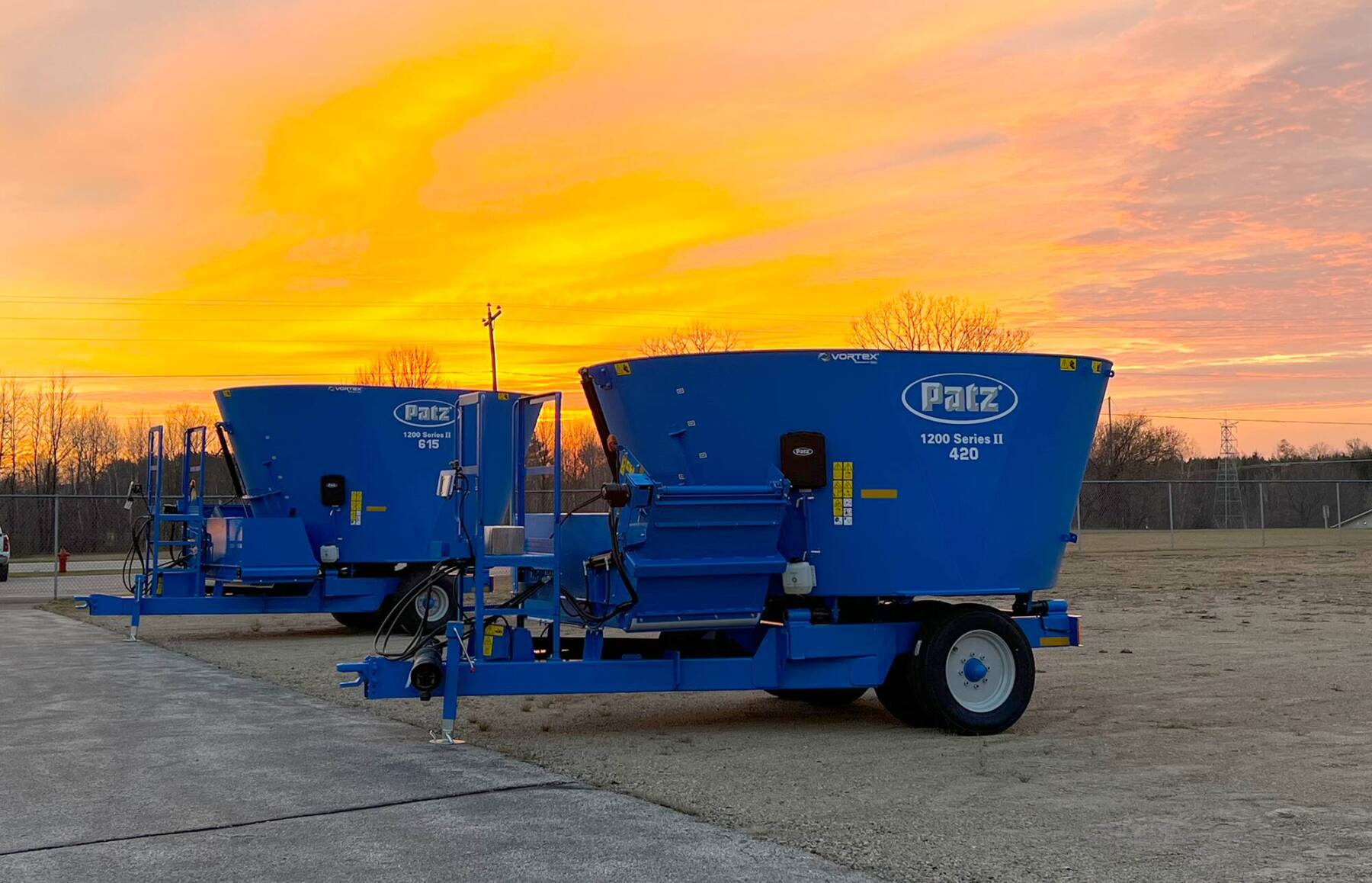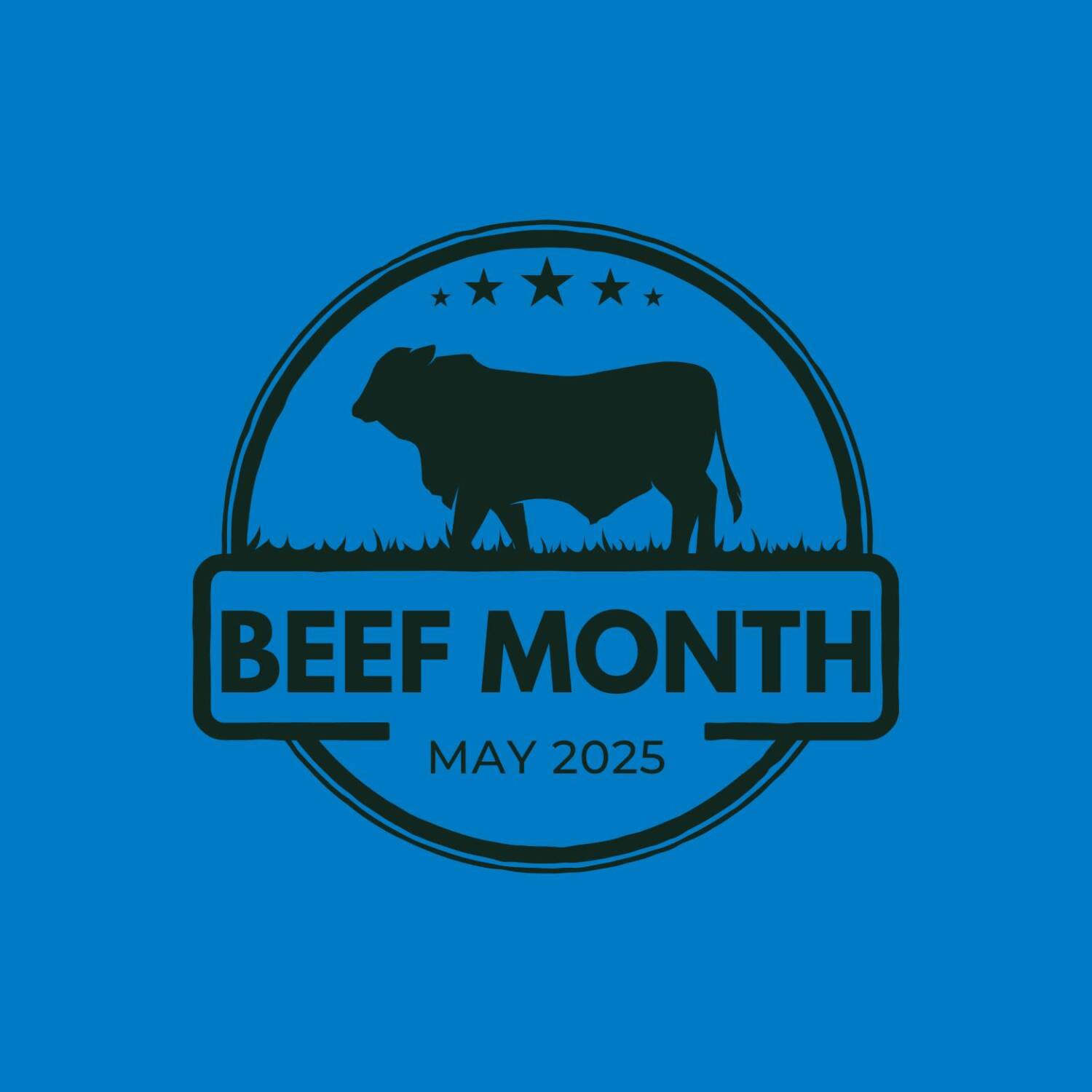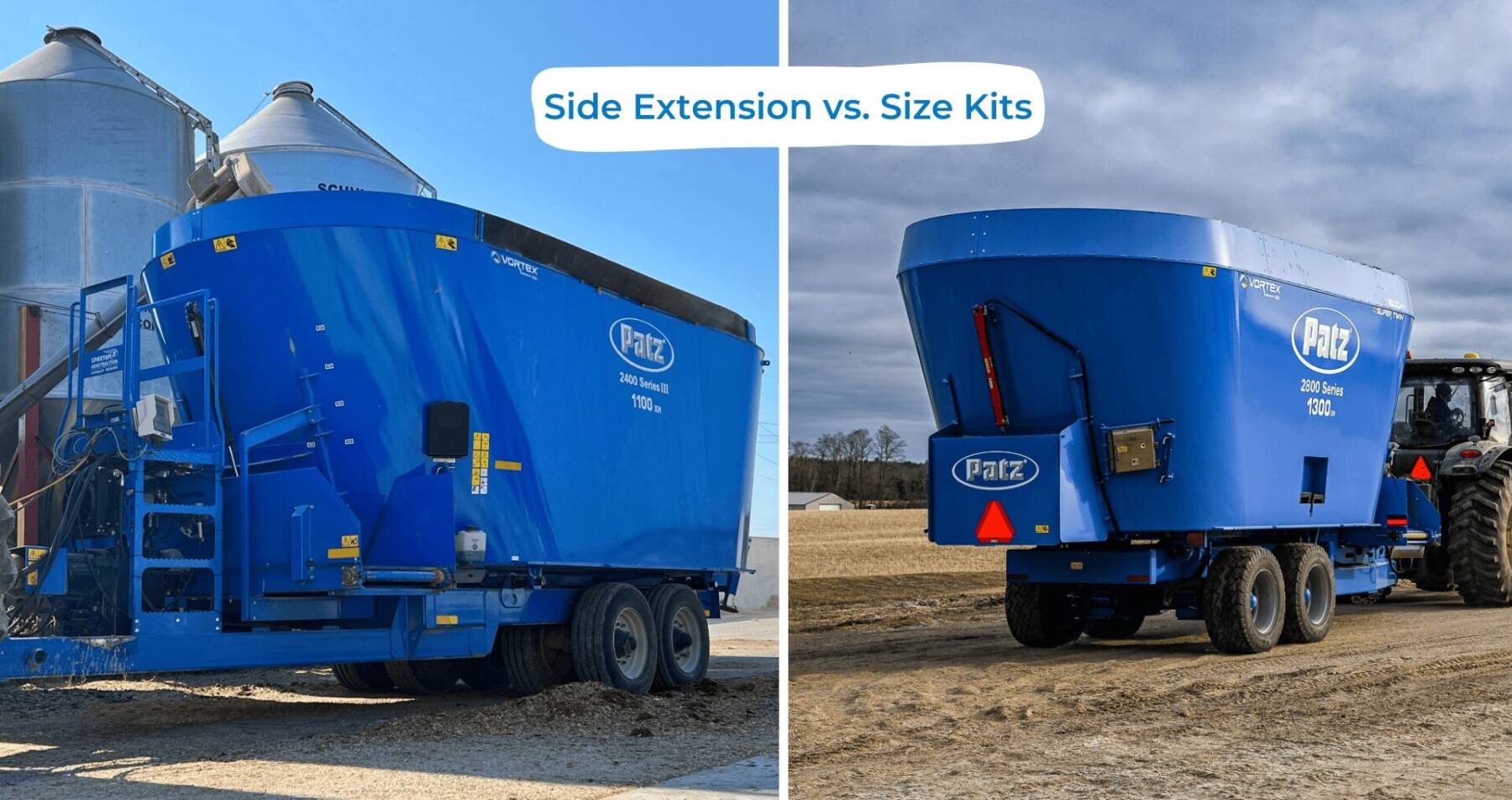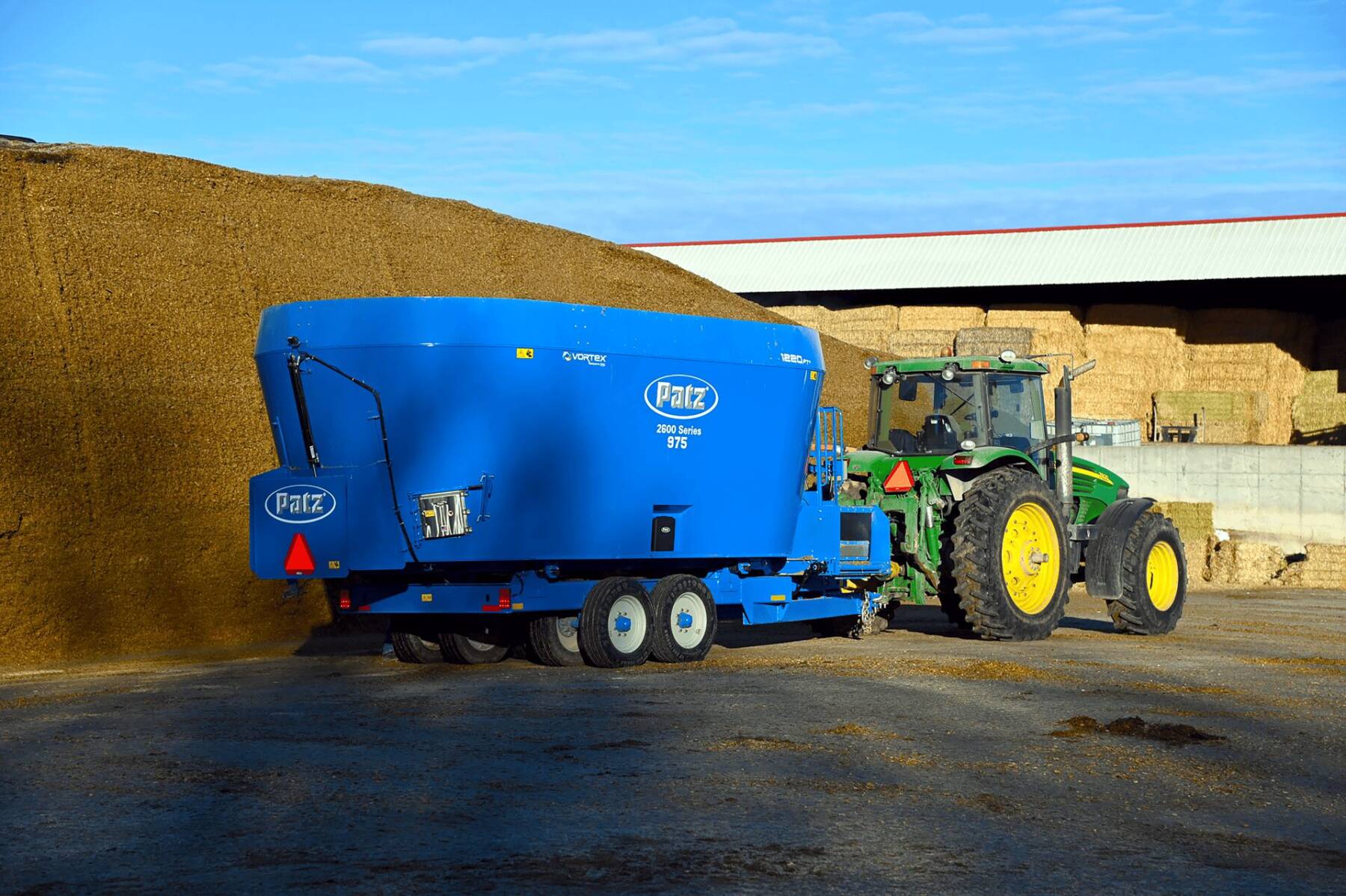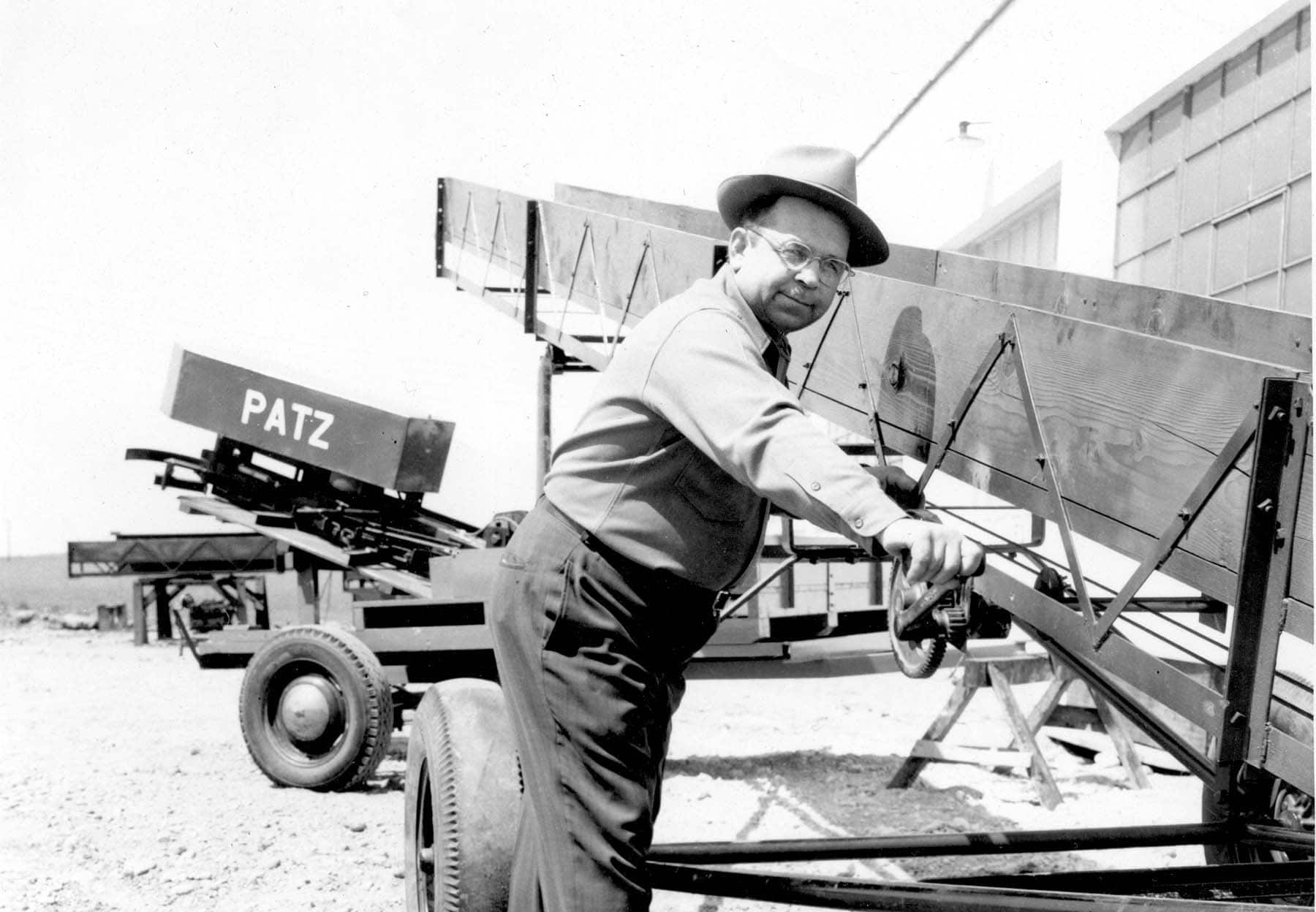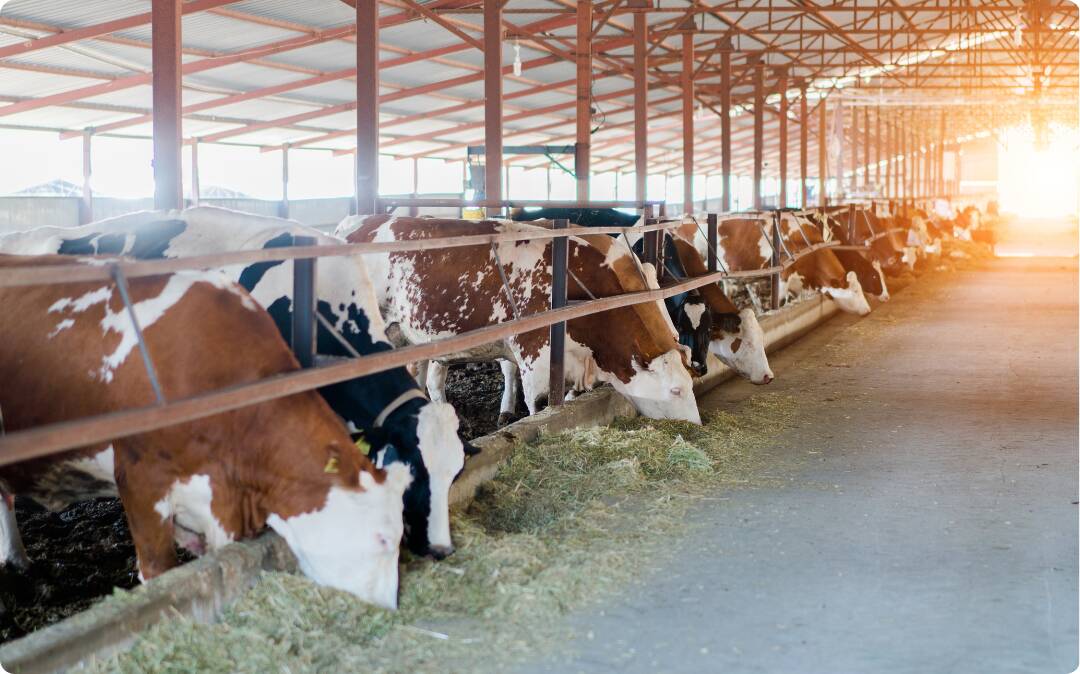
Beat the Heat: Keeping your Dairy Herd Healthy & Productive During Hot Weather
When summer temperatures rise, dairy farmers face unique challenges in maintaining herd health and milk production. Hot weather can significantly impact dairy cows, affecting both their comfort and productivity. Here are some tips on feeding and management practices to help your herd “beat the heat” this summer.
UNDERSTANDING HEAT STRESS IN DAIRY COWS
Dairy cows begin to experience heat stress when temperatures exceed 68°F, especially when combined with high humidity. Unlike humans, cows cannot sweat effectively to cool themselves. This makes them particularly vulnerable to heat stress. When the temperatures and humidity start to rise, here are signs to watch for in your herd:
- Reduced feed intake
- Decreased milk production
- Reproductive issues
FEEDING STRATEGIES FOR HOT WEATHER
Adjust Feeding Times
When people get overheated and are hot, appetites go down. The same happens to cows. One simple and effective change to consider is shifting feeding schedules to cooler parts of the day. When it’s scorching outside, here are some things to consider:
- Ensure fresh feed is available 24/7. Cows are more likely to eat once it’s cooled down.
- Do your primary feeding during early morning or late evening hours. These times are generally cooler than mid-day.
- Avoid mid-day deliveries.
Modify Feed Rations
In addition to adjusting feeding time, tweaks to the feed composition should be analyzed and modified. Always consult a qualified nutritionist or licensed veterinarian when evaluating and changing the herd’s dairy ration.
Here are some modifications to consider making during hot weather:
- Increase ration density to compensate for reduced feed intake
- Add additional energy to rations (up to 6-7% of dry matter)
- Boost potassium, sodium, and magnesium levels to replace electrolytes lost through increased respiration
- Add buffers like sodium bicarbonate to help maintain rumen pH
Focus on Water Quality and Availability
Water consumption is more critical during hot weather. Here are some tips to keep your herd hydrated:
- Ensure clean, fresh water is accessible throughout barn areas
- Check water flow rates and trough capacity to accommodate increased demand
- Clean water troughs more frequently to prevent algae growth
- Position water sources near shade and feeding areas
CREATING COMFORTABLE ENVIRONMENTS
Optimize Ventilation and Cooling
Physical comfort dramatically affects feeding behavior, overall health, and milk production. Keeping your herd healthy and comfortable will have a direct impact on your production and bottom line. What can you do to provide a comfortable space?
- Install or upgrade fans in feeding areas, holding pens, and resting spaces
- Add sprinkler systems that intermittently wet cows’ backs
- Ensure proper air exchange in barns to remove humidity and ammonia
- Create shade in outdoor areas, particularly over feed bunks
Manage Feed Freshness
Hot weather accelerates feed spoilage. Feed is approximately 65% of operating costs. Here are some recommendations to minimize spoilage during hot days:
- Deliver smaller amounts of feed more frequently
- Remove rejected feed promptly to prevent heating and fermentation
- Monitor feed temperature at the bunk throughout the day
Leveraging Equipment Solutions
Efficient feed handling equipment becomes particularly valuable during hot weather challenges. Properly designed feed delivery systems can:
- Deliver fresh feed at optimal times with minimal labor
- Mix rations thoroughly to prevent sorting
- Maintain feed quality from storage to delivery
- Reduce the time spent on feeding tasks, allowing more focus on herd monitoring
Monitoring and Management
To be successful at hot weather management, you need to be vigilant. Track and record stats consistently and at the same time of day.
- Track daily milk production for early warning signs of heat stress
- Monitor rumination activity and feed intake
- Monitor air movement and quality in confined housing
- Adjust strategies based on weather forecasts
PLANNING AHEAD
Be proactive with heat stress management. The most successful dairy operations prepare for seasonal challenges well in advance. Consider reviewing your current feed handling equipment and cooling systems before summer arrives. Upgrading to more efficient, labor-saving equipment can make management of hot weather easier.

